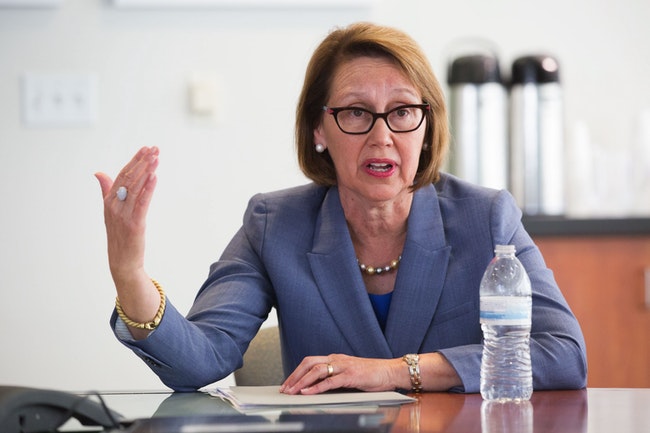Oregon will put $17 million from opioid settlement money toward efforts to research, prevent and treat addiction and provide free supplies to community organizations that help people reverse overdoses and avoid diseases, state officials announced Friday, March 10.
The money will be dispersed during the next two years. The Opioid Settlement Prevention, Treatment and Recovery Board approved the expenditures in a vote last week. State lawmakers created the board to shepherd the millions of dollars Oregon will get from multi-state settlements in 2022 that involve pharmaceutical companies, pharmacies and distributors involved in the production, sales or distribution of opioids.
The decision is the first of many as more settlement money rolls in. The state will get an estimated $149.7 million through 2038.
Opioid overdoses killed 280 Oregonians in 2019, a figure that more than doubled in 2021 with 745 deaths, according to Oregon Health Authority data.
“Oregon’s share of the national opioid settlement funds is intended to provide better tracking of substance use disorder and support harm-reduction programs — which have never been more vital than in this time of accelerating fentanyl-driven overdoses,” Oregon Attorney General Ellen Rosenblum said in a statement. “I am grateful to know the board has designated the first allocations of these funds for these purposes.”
State officials will put $4 million toward a new data system to collect and analyze data on substance use prevention, treatment and recovery services and look for gaps in the availability of state services.
The state also will put $13 millions toward a program that provides communities with supplies including naloxone, a medication used to reverse opioid overdoses; wound care supplies and personal containers to safely hold needles.
These tools are intended to reduce the harm that comes from drugs, including deaths from overdoses and infections such as HIV and hepatitis C that can come from infected needles. This strategy, which focuses on giving people supplies to lessen the danger from their drug use, is called harm reduction.
The Saves Lives Oregon Harm Reduction Clearinghouse, a group of public and private organizations that started in 2020 in response to overdoses during the pandemic, will control that $13 million. Organizations seeking resources can apply for free supplies here.
Lawmakers are considering action to address the state’s opioid crisis.
Earlier this week, the House passed a bill that would take a variety of steps to make overdose-reversal kits available in more settings, including public buildings, schools and for first responders. For example, paramedics, firefighters and police officers could give naloxone kits to drug users or their family members to use for a future probable overdose. Public school employees could administer naloxone to a student during an overdose and have immunity from lawsuits and criminal charges.
House Bill 2395, sponsored by Rep. Maxine Dexter, D-Portland and a physician, now goes to the Senate.
Oregon Capital Chronicle is part of States Newsroom, a network of news bureaus supported by grants and a coalition of donors as a 501c(3) public charity. Oregon Capital Chronicle maintains editorial independence. Contact [email protected]. Follow Oregon Capital Chronicle on Facebook and Twitter.




